Capital allocation strategy analysis based on systemic risk perspective
DOI: 10.23977/ferm.2024.070624 | Downloads: 21 | Views: 922
Author(s)
An Gao 1, Yilin Ou 1, Xilei Wu 2, Zonglin Cai 1
Affiliation(s)
1 Saxo Fintech Business School, University of Sanya, Sanya, China
2 School of Finance Economics, University of Sanya, Sanya, China
Corresponding Author
An GaoABSTRACT
In recent years, with the slowdown of global economic growth and domestic economic growth, systemic risks have gradually increased. The traditional asset allocation based on stocks and bonds has been difficult to meet the needs of asset allocation under the current economic environment. How to effectively control systemic risk under different risk levels has become an important topic in the field of asset allocation. In this context, this paper studies the asset allocation strategies among fund companies under market volatility and systemic risk. The specific problems include: find out the degree of emphasis of different companies on different stocks, then perform cluster analysis according to the degree of emphasis, calculate the degree of similarity of corporate strategies, and finally solve the similarity of asset allocation between Ran companies; After processing the massive and complicated data, the corresponding constraint conditions are given in the calculation of investment utility maximization based on the fundamental data, and the relevant model is established to solve it, and the optimal stock portfolio strategy is obtained. This paper establishes the corresponding model to analyze the fund asset allocation strategy, aiming at obtaining the optimal combination strategy and calculating the data such as value at risk, which has certain reference significance for companies to choose stocks.
KEYWORDS
Hierarchical clustering model, rotation algorithm, fund assetsCITE THIS PAPER
An Gao, Yilin Ou, Xilei Wu, Zonglin Cai, Capital allocation strategy analysis based on systemic risk perspective. Financial Engineering and Risk Management (2024) Vol. 7: 179-185. DOI: http://dx.doi.org/10.23977/ferm.2024.070624.
REFERENCES
[1] Bi Hui. Asset Allocation Strategy Analysis of public offering FOF products [J]. China Production & Economics, 2023, (20):58-60.
[2] Pang J. Research on Tactical allocation of national Social Security Fund assets from the perspective of economic cycle [M]. Soochow University Press: 2023, 06.205.
[3] Sun Chenyang, Wang Xueqi, Wang Xue. Analysis of fund asset allocation strategy based on systemic risk perspective [J]. Journal of Qiqihar University (Natural Science Edition), 2019, 37(05):81-86. (in Chinese)
[4] Cheng Zilin. Case Study on the allocation efficiency of Capricorn Wisdom Investment [D]. South China University of Technology, 2021.
[5] Gong Bin, Sun Fu, Sun Yue, et al. Quantitative analysis of fund asset allocation strategy based on systemic risk [J]. Journal of Huaiyin Teachers College (Natural Science Edition), 2019, 19(03):195-201.
[6] Xu Hui, Yan Yunxia, Zhu Jiaming. Analysis of fund asset allocation strategy based on AHP [J]. Journal of Natural Science of Harbin Normal University, 2019, 36(04):80-87. (in Chinese)
[7] Su Peipei. Empirical analysis on the impact of industry allocation of open-ended fund assets on fund performance [D]. Shanghai University of Finance and Economics, 2020.
[8] Yang Lingyuan. Asset allocation and investment return analysis of public offering REITs in China [D]. Dongbei University of Finance and Economics, 2020.
[9] Xia Xiaodong. Analysis of bank asset allocation strategy based on tax saving effect of public offering funds [J]. Market Weekly, 2019, (10):120-121.
[10] Zheng Xia, Wang Jin, Li Yue, et al. Quantitative analysis of FOF fund investment [J]. Small and Medium-sized Enterprise Management and Technology (Next issue), 2019, (06):72-74.
| Downloads: | 38641 |
|---|---|
| Visits: | 1007257 |
Sponsors, Associates, and Links
-
Information Systems and Economics
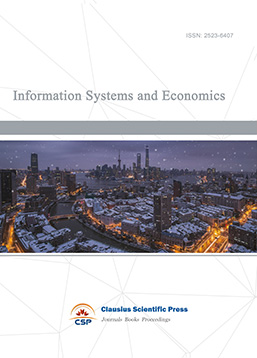
-
Accounting, Auditing and Finance
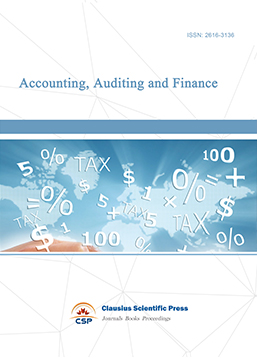
-
Industrial Engineering and Innovation Management

-
Tourism Management and Technology Economy
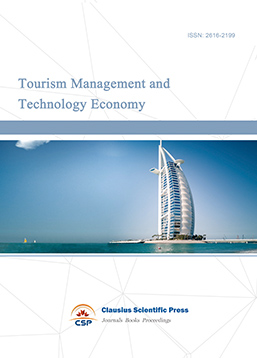
-
Journal of Computational and Financial Econometrics
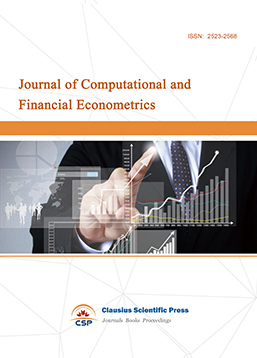
-
Accounting and Corporate Management
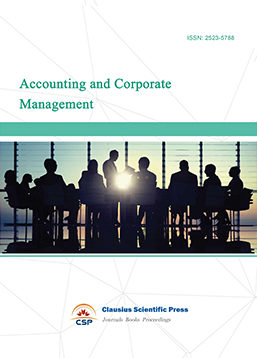
-
Social Security and Administration Management
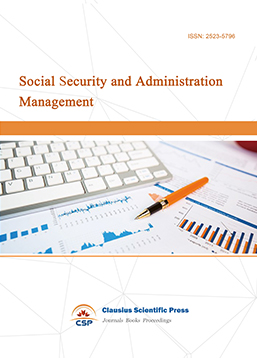
-
Population, Resources & Environmental Economics
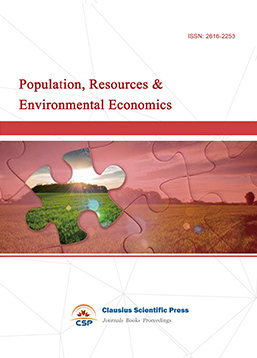
-
Statistics & Quantitative Economics
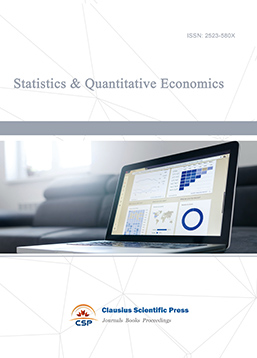
-
Agricultural & Forestry Economics and Management
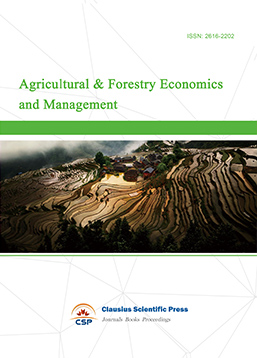
-
Social Medicine and Health Management
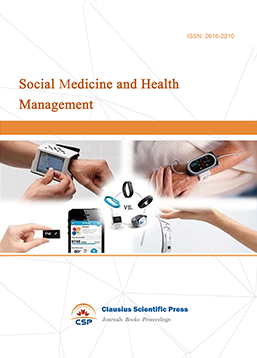
-
Land Resource Management
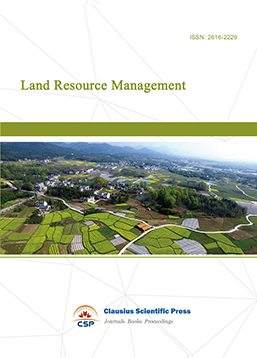
-
Information, Library and Archival Science
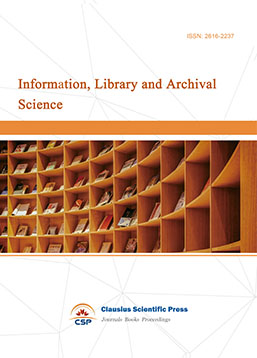
-
Journal of Human Resource Development
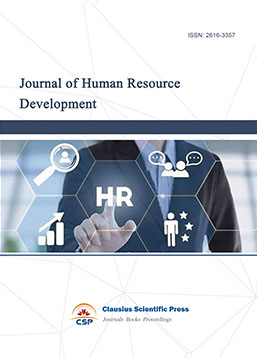
-
Manufacturing and Service Operations Management
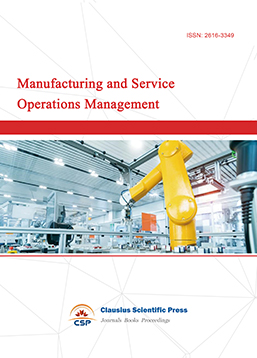
-
Operational Research and Cybernetics
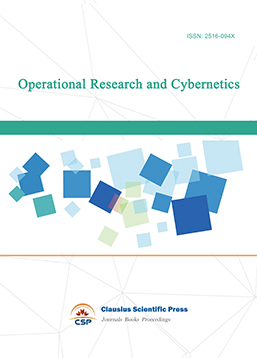

 Download as PDF
Download as PDF